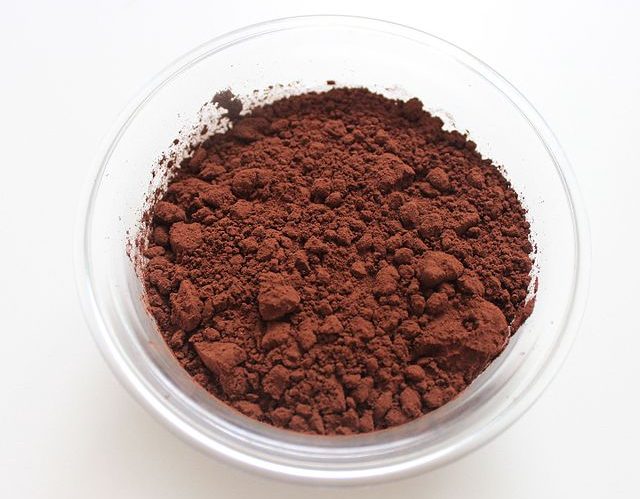Global cocoa prices have crossed the $10,000-per-tonne mark, a 138% rise year-on-year adrift a supply gap.
Cocoa showings on March 26 on the Intercontinental Exchange read $10,080 per tonne, a trading history first.
This confirms predictions by cocoa processor Guang Chong of a price crossover from the March 25 value of $9,000 a tonne.
Likewise, cocoa futures had risen by 11.5% in the previous business week ending March 25, prompted by huge demand. They are likely to hike further in the current week.
The price woes stem from drastic cocoa shortage, which has seen chocolate processors scramble for beans without procuring them.
West Africa, the key source of the commodity, has been experiencing drought despite earlier hopes of a harvest rebound. Hope had dawned January 2024 when it unexpectedly rained during the dry season and helped bud the March cocoa crop.
The region is ending the main season of October through March and does not expect the mid-crop until June. El Niño-related poor harvests here are already prompting traders to try new sources in South America.
Cocoa-free Goodies
As a result, makers of candy are coming up with new sugary goods without the costly cocoa. Meanwhile, they are passing the cost to customers for anything with chocolate or cocoa in it.
Sweden’s AAK company, for instance suggested early March that it would soon shift to butter candy to avoid pricey cocoa.
Earlier in 2023, New York’s Mars cut 10 grams from its popular Galaxy chocolate but still retained the previous price.
More like-minded candy makers are likely to follow this trend if shortage vis-á-vis the price climb continue.
New Traceability Law versus Global Cocoa Prices
On top of this, a new traceability law might make the candy ingredient even more expensive than it is now.
The European law, which will start in December 2024, will mandate big firms to prove their cocoa beans’ sources. Candy and cosmetic makers will have to show that the origins of their ingredients are not deforested regions.
Adhering to the law will be a tall order since Europe remains the biggest cocoa consumption market in the world.
Besides, the main source of cocoa, Ivory Coast, draws 30% of its production in protected forest zones. Europe on its part directly leads to 7.5% of worldwide forestry losses in activities linked to cocoa production.
The International Cocoa Organization expects some 11% drop in worldwide cocoa production for 2024, which means volatile global cocoa prices.
